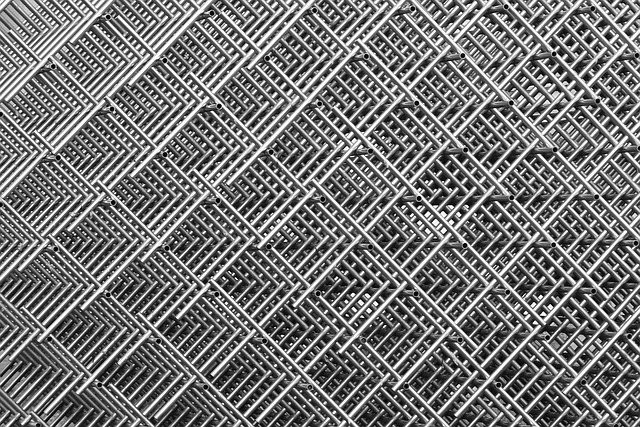Precision structural CAD drafting ensures safe and strong buildings by meticulously detailing beams, columns, and connections. It involves defining accurate dimensions, material grades, welding techniques, and load-bearing capacities while considering weather, environment, and structural loads. Clear communication among teams is vital for maintaining integrity throughout a building's lifecycle, making structural CAD drafting indispensable for successful construction projects.
In the realm of construction, steel detailing plays a pivotal role in ensuring structural integrity and aesthetic appeal. This article delves into the intricacies of steel detailing for beams, columns, and connections, highlighting the essential elements in structural CAD drafting. From understanding detailed requirements to mastering connection techniques, each component contributes to robust and visually striking structures. By exploring beams, columns, and their interconnections, we unravel the secrets behind effective and efficient steel design using structural CAD drafting methods.
Understanding Steel Detailing Requirements
Understanding the steel detailing requirements for beams, columns, and connections is a cornerstone in structural engineering and construction. Accurate structural CAD drafting plays a pivotal role here, ensuring that every component is meticulously designed and specified to meet stringent safety standards. This involves precise dimensions, material grades, welding procedures, and load-bearing capacities, all of which are critical to the integrity and longevity of the final structure.
In steel detailing, attention to detail is paramount. Professionals must consider factors like weather conditions, environmental influences, and specific structural loads to create detailed drawings that guide fabrication and assembly. Effective communication between designers, fabricators, and construction teams is essential to avoid errors and ensure the structural integrity of the building throughout its lifecycle.
Essential Elements in Structural CAD Drafting
In structural CAD drafting, precision and attention to detail are paramount. The essential elements include defining beam, column, and connection dimensions accurately, ensuring proper material specifications, and incorporating critical tolerances for a secure assembly. Each component must be meticulously designed and drafted, considering factors like load-bearing capacity, stress distribution, and potential environmental influences.
Additionally, effective structural CAD drafting involves clear annotation and notation to convey design intent effectively. This includes specifying the type of steel, welding methods, fastener types, and any special considerations for connections. Accurate dimensions, angles, and axis alignment are crucial to ensure the integrity of the final structure, making it a fundamental aspect of successful construction projects.
Beams: Design and Connection Techniques
Beams, a fundamental component in any structural framework, require meticulous design and connection techniques for optimal performance and stability. Through advanced structural CAD drafting, engineers can create intricate beam designs tailored to specific project needs. This digital process allows for precise measurements, material selection, and load calculations, ensuring beams withstand anticipated stresses.
Connection techniques play a crucial role in beam integrity. Various methods, such as welding, bolting, or using specialized connectors, secure beams to columns and other structural elements. Structural CAD drafting aids in detailing these connections, providing clear blueprints for precise assembly. This meticulous approach not only enhances structural efficiency but also guarantees the longevity and safety of buildings.
Columns & Connections: Strengthening Structures
Columns and connections are vital elements in any structure, acting as the backbone that supports the entire weight and load. When it comes to enhancing structural integrity through steel detailing, these components require meticulous attention. Structural CAD drafting plays a crucial role here, allowing engineers to design intricate connections that ensure beams, columns, and other structural members interlock seamlessly. This digital approach not only improves precision but also strengthens the overall structure by providing multiple fail-safe points.
By integrating advanced steel detailing techniques, architects and engineers can create robust connections that resist forces like bending, shear, and torsional stresses. These detailed designs consider various load cases and environmental factors, ensuring the longevity and stability of buildings, bridges, or any other construction project. The result is a stronger, safer structure capable of withstanding the tests of time and extreme conditions.
Steel detailing is a critical aspect of any construction project, ensuring structural integrity and durability. By understanding the specific requirements, incorporating essential elements in structural CAD drafting, and employing optimal designs for beams and columns, engineers and architects can create robust connections that withstand the test of time. This comprehensive approach to steel detailing not only reinforces structures but also paves the way for safer and more efficient buildings.
